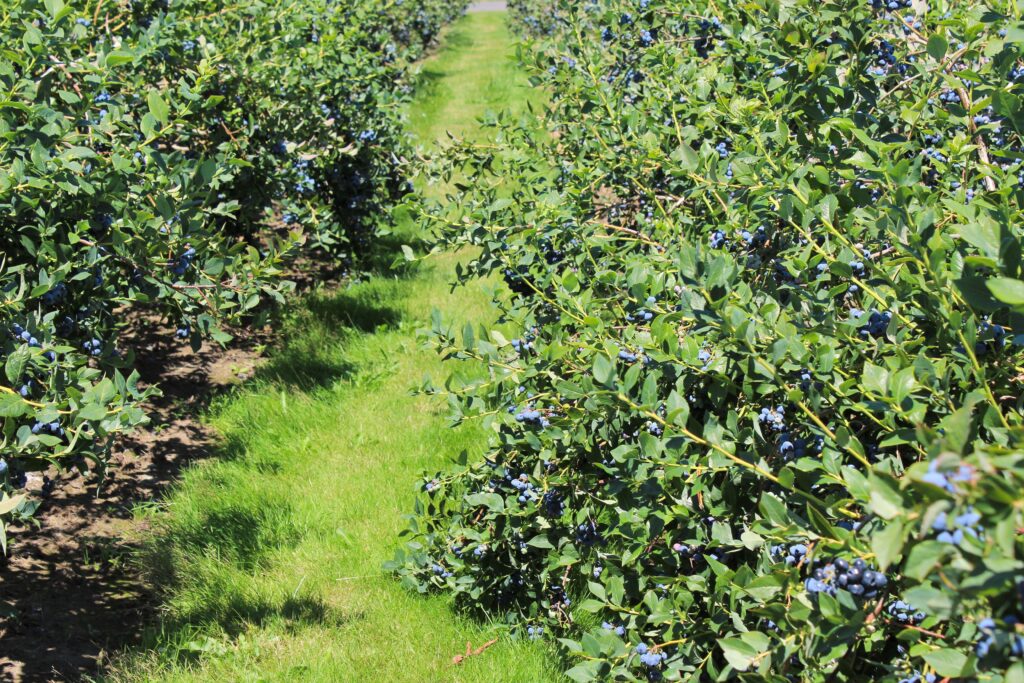In France the blueberry sector continues to develop
Since 2017, consumption has multiplied by 6 in volume and by 5 in value. According to studies, blueberries are mostly consumed between April and August. 64% of blueberries are purchased during this period, with a peak season in May.
2022 has been challenging
2022 began with a severe episode of spring frosts, fortunately the damage was less severe than the previous year. An exceptionally warm summer resulted in an excellent quality crop. However, global warming seems to reduce the harvest season in all varieties and production areas. From mid-June to mid-July the market was oversupplied and it soon became difficult to maintain satisfactory prices. All of this led some growers to opt for the late season, with rabbit’s eye blueberries, such as the Centrablue variety, native to New Zealand.

Developments in production
In the new orchards, cultivation techniques advance in several aspects. Modern genetics, densification of plantations, fertigation and use of polytunnels or anti-hail, anti-bird and drosophila nets.
The first “hydroponic” gardens are now 3 years old and are expected to spread in the future. Higher field establishment costs, as well as a general lack of knowledge about managing hydroponic fields, still limit progression at this time, but there is interest and early results are about to confirm a valid business model.
Today producers believe that both the production system and genetics play an important role in the sustainability of their orchards. For this reason, the French Blueberry Association, with the support of the CTIFL (Technical Center for Fruit and Vegetables), has set up a trial plot of varieties in 3 sites, with different climatic conditions. The objective is to identify the varieties with the highest yield in each situation of climate and soil, as well as to quickly observe new varieties.
Training
The results will be shared within the Blueberry Producers Association, to encourage new plantings with varieties that have proven to be superior. In addition to these test plots, experiments are being carried out, training sessions have been organized and technical seminars have been held. This seems to respond to a constant demand from new producers.
All this reveals the dynamism of a sector committed to improving its technical capabilities to meet the needs of the market, both in quantity and quality. A great scenario is being witnessed and it is expected that the complicated general economic context within the European Union will not stop this new impulse for blueberry cultivation in France.
22/03/2023





